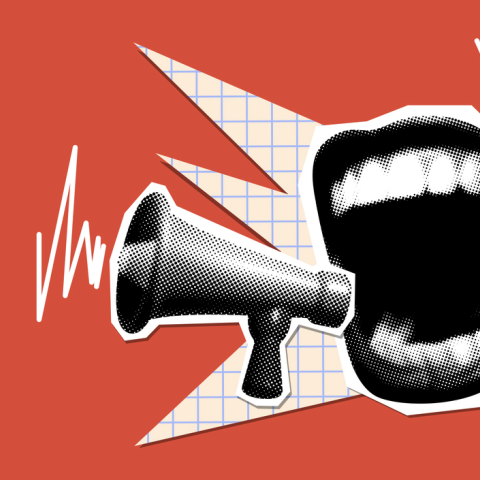How to ‘fake commute’

By Ian Silvera, Account Director
I am starting to look longingly at bus shelters, Tube stations and other pieces of London’s red and blue transport system. Sometimes I even catch myself letting out a forlorn sigh as I pass a decamped driver having a crafty cigarette on the side of the road before they board their empty bus to a destination where no one is waiting with an outstretched hand. Those were the days, the days when ‘private space’ and ‘common manners’ were abstract concepts ‘other people’ – those who did not have to navigate the Big Smoke’s argy-bargy assault cause – adopted as commuters literally climbed on each other as they headed for work.
A 2016 survey from HR organisation the CIPD found that the workforce of the UK regarded commuting as a top three cause of stress. The research also discovered that walking to work was far more popular in London compared to the rest of the country, namely because the city is more compact and has better public transport links compared to its provincial peers. The most trying form of commuting, though, is driving, according to a study published in the peer-reviewed Transport Research journal.
Road rage, traffic jams and pile-ups are, for the most part, no longer an issue as lockdowns have considerably cleared the roads and public transport systems are operating skeleton services. Google’s Mobility Tracker, for instance, showed that use of public transport hubs was down 75% compared to the normal baseline in the UK as of 29 March. The US, by way of comparison, was down 51% on the same metric.
The public health and social implications of these enforced lifestyle changes are potentially profound. Our new working from home society should be breathing in cleaner air with less stressed lungs. Road traffic injuries, which are the leading cause of death for children and young adults (five to 29-years-old), are also expected to plummet.
There is, however, a downside for those of us still getting used to rolling out of bed, into the kitchen and then into the office, the area formerly known as the living room. For one, unlike your old workspace you may find a spouse, child or messy housemate – mouldy plates and all – waiting for you. There is also no time to ‘get going’ as you’re kicking off your working day from a standing start, both physically and mentally.
To try and counter some of these ‘home-is-work, work-is-home’ perversions, I have started a daily ‘fake commute’. My state-sanctioned faux trip, which you are welcome to emulate, involves walking around the block a few times, concluding in the nearby park. There are no open overpriced coffee outlets on the way, so you will have to make do with a dubiously coloured energy drink or the like to get your pre-work caffeine hit in.
Likewise, there are no unexpected delays, so make sure to undo and then tie-up your trainers a few times mid-journey to recreate those ‘there’s a person on the tracks trying to catch a dog’ moments. The good thing about being out and about is that everyone is keeping their distance, so no one is reading your newspaper from behind the side of your ear. You can, however, put your favourite podcasts or shows on loud speaker so fellow ‘commuters’ can judge you based on the type of media you consume.
As you’re wrapping up, your brain and body now whirling into full capacity, you may be tempted to sit down for a short rest on a nearby bench or nice looking bit of grass. For the full ‘fake commute’ experience, make sure to put your own bag down in your own way. The break blocked, it’s time to head back into ‘the office’.








